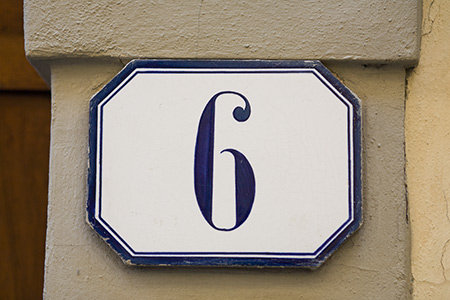Marking time in September 2013
An atlas of photographic processes
The Getty Conservation Institute has released a terrific resource for collectors and custodians of historic photographs.
The Atlas of Analytical Signatures of Photographic Processes is intended for practicing photograph conservators, curators, art historians, archivists, library professionals, and anyone responsible for the care of photograph collections. Its purpose is to aid in the formulation of analytical questions related to a particular photograph and to assist scientists unfamiliar with analysis of photographs when interpreting analytical data. The Atlas contains interpretation guides with identification of overlaps of spectral peaks and warnings of potential misidentification or misinterpretation of analytical results.
It’s published as a set of free pdf documents—an Introduction, plus separate chapters on the Albumen, Carbon, Collodion on paper, Collotype, Cyanotype, Halftone, Photogravure, Platinotype, Salt print, Silver gelatin, and Woodburytype processes—with the promise of more to come. Each of these chapters has an historical account of the development and use of the process, and a guide to identifying photographs made by that process. The identification methods include looking at the print with the naked eye (which I can do), low-magnification microscopy (which I can manage, sort of, with hand lens and scanning), and using XRF and ATR-FTIR spectometry (not possible for me, but interesting to read about).
I have followed the guidance of the Atlas and confirmed that a cabinet card in my collection is the product of the collotype process.
It’s a photo of a group of South Australian Aboriginal people gathered in front of a wurlie, a kind of bough shelter. I believe the photo was taken by Samuel White Sweet around 1878. Albumen prints of the image are held by the National Library and the National Gallery. I own three very different derivatives of this image—a wood engraving (from the Picturesque atlas of Australasia, 1886); a postcard reproduction of a painting (by the English publisher Raphael Tuck & Sons, after 1905); and the cabinet card shown below (now confirmed as a collotype).

The pitch
I heard Martin Grunstein at the Institute of Architects the other day, speaking about How architects can make profits in a challenging environment.
Martin made some unflattering generalisations about architects’ websites. He even offered to help anyone in the audience to make theirs better. I sent him an email after the talk and, a few days later, he responded.
He liked this website but he told me—you need to have a stronger selling focus to it because the purpose of your site is to get people to hire your services. He said I should write a list of reasons for clients to hire me, and put it on the front page.
So I thought of six reasons and wrote them down.

Esoteric London: the book
Every morning, over a nice cup of tea, I check the Esoteric London blog and enjoy another quirky juxtaposition of a new photograph and a bit of old text. It’s a pleasure, and sometimes a hazardous distraction.
Roger Dean, the photographer and blogger, has been working on a self-published book which is now, at last, almost ready to print. This is not some quickie print-on-demand number, but a proper book (with belly band). Roger has just launched a Kickstarter project to get the job onto the press. I’ve pledged my support!

Richard Rogers on heritage and architecture
Here’s a little video in which the noted European architect talks about designing new buildings while taking account of their historical settings.
I have a special fondness for the wonderful Pompidou Centre—a pearl in the pearlshell that is Paris—designed by Renzo Piano & Richard Rogers.
